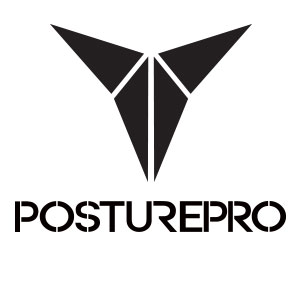First rib blockages are extremely frequent and can be a cause of asthma. Many first- rib blockages may have been present at birth. Indeed the techniques used by obstetricians to release the baby’s shoulder could be a cause.Powerful muscles inset into the first rib notably the scalene medius and scalene anterior which insert in the scalene tubercle.
At this level upward forces are powerful compared to those exerted at the level of the intercostal muscle that uphold the ribcage. The first rib inserts on the sternum via the first costal cartilage and it’s head articulates with the dorsal vertebrae. This is the weak point. The slidest disturbance in this hinge zone could effect a subluxation of the first rib.
Generally this blockage is accompanied by a C7/T1 blockage with lateral deviation of the vertebral spinous process to the right. If this is not the case, the patient presents an exhalation blockage on the other side.
First rib lesions scan have a linked effect via the stellate ganglion which branches off towards, esophagus, larynx, thyroid, jugular vein, carotid artery, cranial nerves, and higher formations including epiphysis (which secretes melatonin). Branches of the descending sympathetic chain stem towards the thorax, cardia of the stomach and intra-abdominal viscera.
The anatomy of the stellate ganglion sheds the light on the semiology of asthma. Our predecessors infiltrated the stellate ganglion during asthma attacks. Asthma is the common chronic inflammatory disease of the airways. Symptoms include wheezing, coughing, chest tightness, and shortness of breath.
It can be divided into 2 types:
– Extrinsic: triggered by allergens.
– Intrinsic: caused by extremes of feelings like laughing, crying, or contact with chemicals like cigarette smoke, aspirin, cleaning agents, or chest infection or exercises.
Either way, where posture comes into play is that breathing and getting air into the lungs is quite a mechanical feat.
The main muscle for breathing, the diaphragm, needs to contract fully to increase the volume of the thoracic cage in order for the lungs to fully fill up. Full contraction of the diaphragm necessitates optimal postural alignment of the thorax, the spine and the pelvis.
So now, imagine an individual with an anterior scapular plane. His shoulders are rounded and his abdominal muscles are shortened. How well do you think he breathes? How much do you think his diaphragm can contract?
I have seen significant change in my clinical work when studying the relationship between asthma and posture. With postural recalibration, as we are able to align the shoulders with the pelvis, we open up the rib cage and make it possible for the diaphragm to fully contract. This leads to an easier breathing cycle and more oxygen for cellular health. The end result is increased energy and vitality.
In summary: Vertigo, palpitation, cephalgias, colitis, thoracic oppression, shoulder pain and asthma can all be linked to first rib blockages. I believe that, as we focus on the systemic causes and effect of asthma, proper treatment should include global postural reprogrammation in order to increase the mechanical leverage on breathing capacity!
Please visit this link for our seminars throughout North America
The Posturepro Team
Changing Lives
[fblike url=” https://www.facebook.com/LikePosturePro” style=”standard” showfaces=”false” width=”450″ verb=”like” font=”arial”]
[twitter_follow username=”posture_pro” language=”en”]









